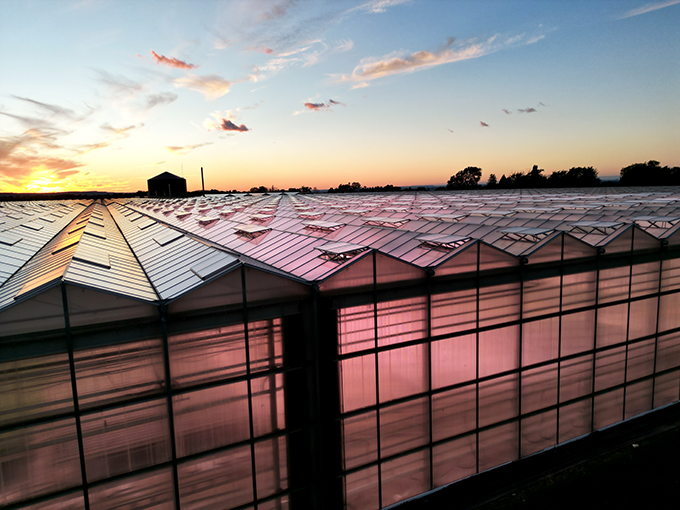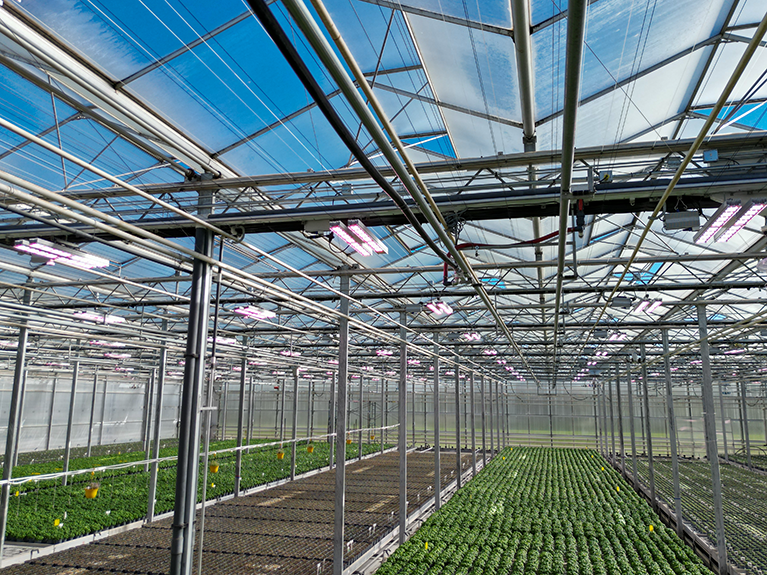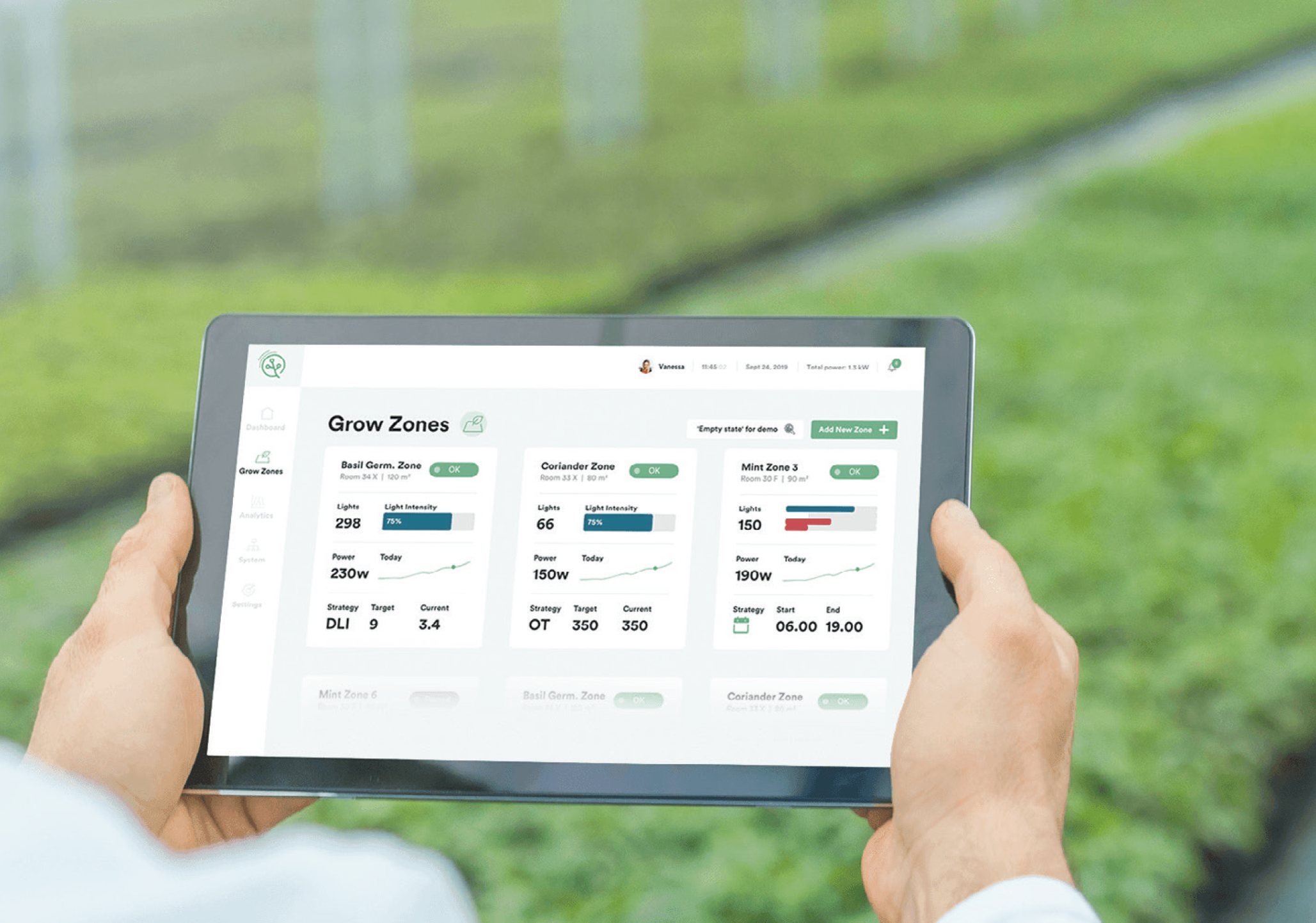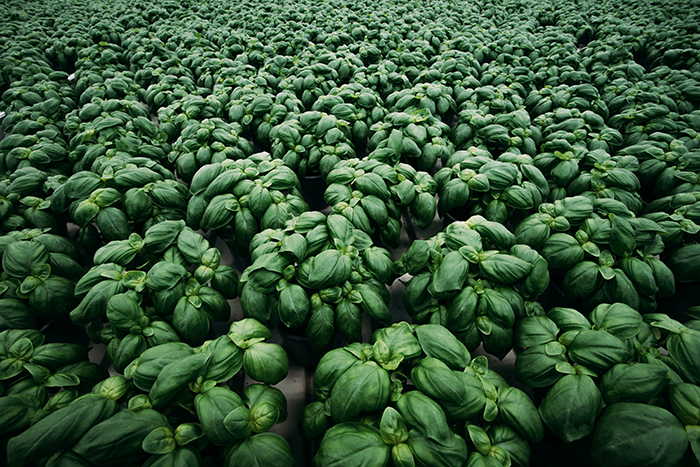Research
Articles
Growing Smarter and Locally
Growing and producing crops closer to consumers in a controlled environment may be the response needed to handle the strain on the food supply chain.
For as long as humans have been growing crops, increasing the fresh food supply has meant clearing more land. The world has already cleared roughly the acreage of South America to grow crops. At the same time, human migration has been steadily moving away from the land, and the distance from farm to table is ever increasing. By 2030, 60% of the population will live in urban areas. That number will be closer to 70% by 2050. How are we going to feed the world sustainably as the population continues to move away from traditional farms – and can the current supply chain hold?
If we’ve learned anything from the global pandemic, it’s that our current food supply chain is unstable. In the EU alone, lockdowns have kept laborer’s from crops, farmers have been unable to get produce to market, and consumers have had to change the way they sourced their food as a result of restaurant and independent shop closures.
Weather uncertainty and global warming have also disrupted the food supply chain. So far this year, uncommonly harsh weather has caused fruit and vegetable shortfalls across Europe, and record snowfalls have blocked some shipments from reaching countries in the north. The positive news is that Controlled Environment Agriculture (CEA) could provide the solution to food insecurity and supply chain breakdowns.
CEA includes greenhouse agriculture and indoor or vertical farming, where plants are grown inside a controlled environment. CEA farming has many benefits. We’ve listed 5 of them below to show how this type of growth can contribute to building a sustainable and resilient fresh food supply chain.
5 Benefits of Controlled Environment Agriculture
1. Farm-to-table growing in urban environments
While transportation channels can be disrupted by events like pandemics and unpredictable weather, CEA farms with their smaller footprints can be near or even inside cities. In fact, vertical farms can use old inner-city warehouses or movable shipping containers to produce food as close as possible to where it will be consumed. Vertical farming also maximizes space and has been known to produce on one acre the equivalent of 10-20 acres worth of crops grown traditionally. Growing closer to urbanized areas where the people live not only puts less pressure on the supply chain, but it also means that food should be fresher and have fewer nutrients lost in transport.
2. Leveraging technology to grow more with less
CEA is all about growing more with fewer resources – less land, less water, and little or no soil or pesticides used. Additionally, growers can markedly save energy resources by switching from HPS lighting to energy-efficient LEDs. LED grow lights consume up to 40 to 50% less energy to give the same level of light. At the same time, light quality, quantity, and intensity can be improved and controlled with intelligent LED lighting systems. While growers can’t reduce the amount of light they give to crops, they can reduce the amount of energy required to produce that light. No matter the growing environment or the crop, ensuring optimal year-round daily light integral (DLI) is critical to crop performance. LED lighting can deliver this without the excessive power consumption of HPS.
3. Increasing crop quality and yields with intelligent LED lighting and controls
LED grow lights, sensors and controls enable greenhouse and indoor farmers to increase year-round outputs and improve the quality of their plants. These systems continuously and automatically update light intensity and spectra to provide the optimal light plants need. The results are higher quality crops, accelerated growth cycles, and greater overall yields.
4. Keeping production cycles stable
By controlling the growing environment to keep production cycles stable throughout the seasons, CEA growers can optimize crop outputs and meet market demand all year round. CEA farming continuously provides optimal conditions for crops, which means food quality, quantity, and consistency are assured, providing a steady source of nutritious food year-round.
5. Producing more with fewer hands
As we’ve seen with the pandemic, a lack of labor is a big contributor to food insecurity. Rather than requiring many workers in a field, greenhouses and vertical farms require smaller numbers of people leveraging technology to produce nutritious food. Since CEA farming is able to produce more with fewer hands, it can make the food supply chain more resilient in uncertain times.
Summary
Covid-19 was a big wake-up call for all of us, and it’s not over yet. In the EU we saw 2021 dawn with supply chain interruptions and fruit and vegetable production shortfalls. Should we be concerned? To ensure a stable food supply, we’re going to need to move our food production closer to where people live, make it more resource-efficient, less reliant on uncertain labor forces, and immune to weather and supply chain disruptions. Controlled environment agriculture may be just what the world needs to feed a population that will be 35% larger by 2050.
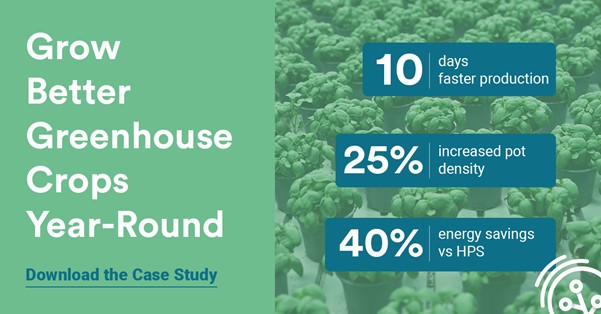
Want to talk to learn more about LED lighting and Controlled Environment Agriculture? Let’s talk.
Get in touch with us!
From custom light planning, to tailored quotes, and everything in between,
our team of horticulture experts are always ready to assist.



